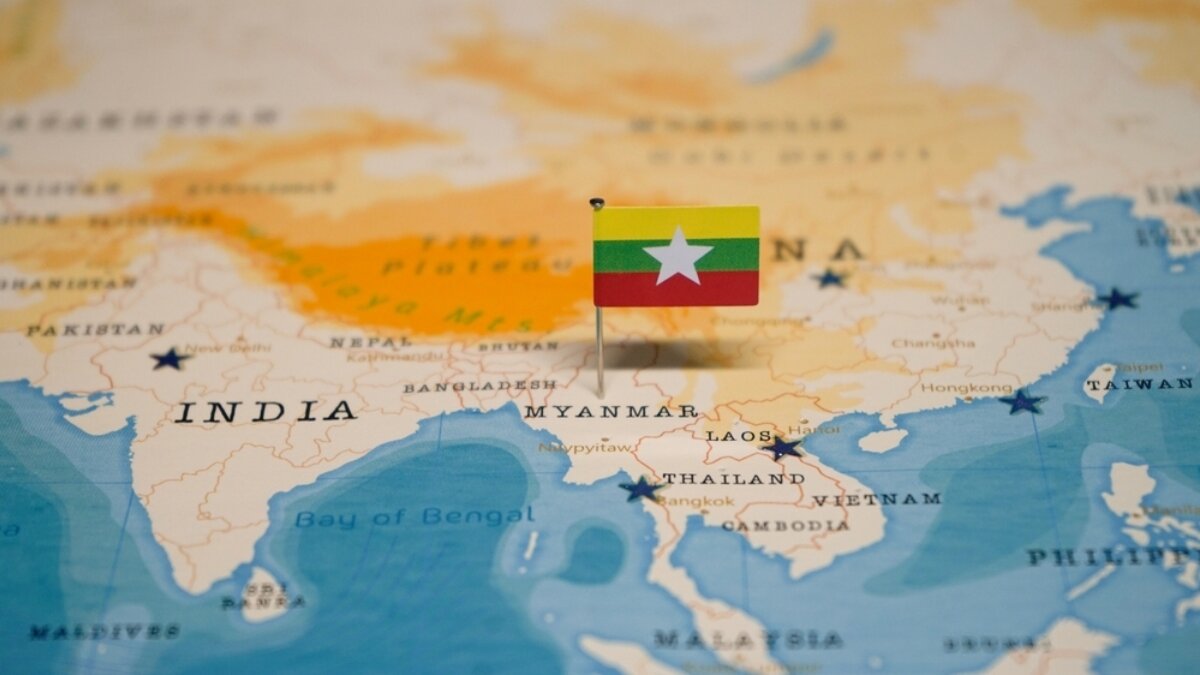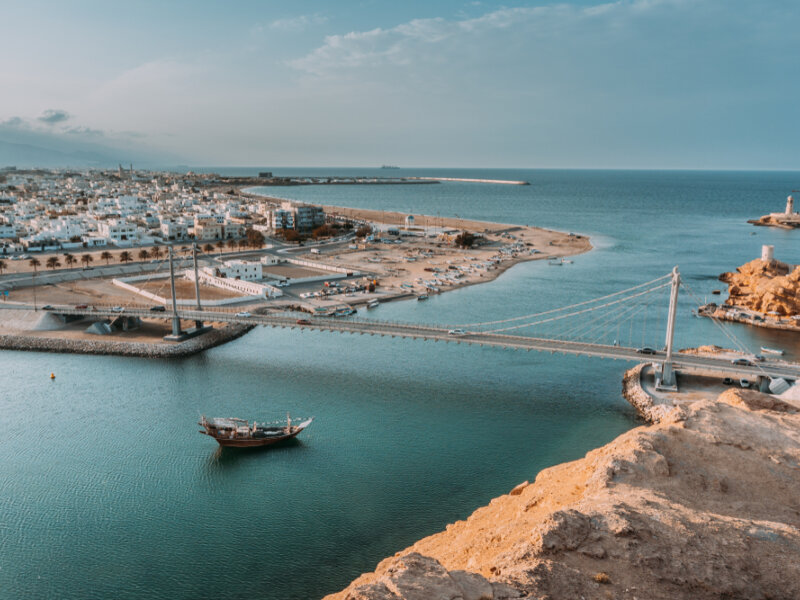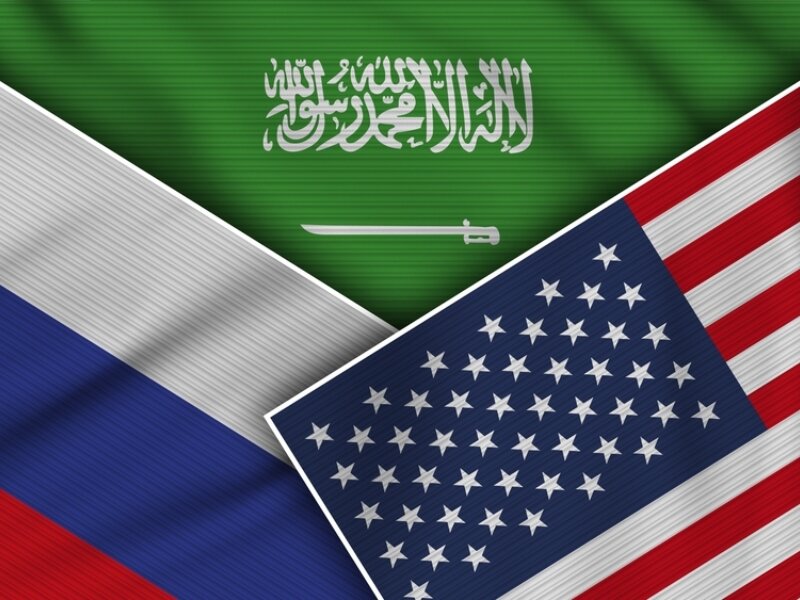Myanmar: Current Conditions in the Wake of an Earthquake and Ongoing Civil War
The earthquake that struck Myanmar on March 28, 2025, risks further exacerbating the country’s already critical situation, marked by a prolonged civil war and deep political, economic, and social fragilities.

The situation in Myanmar is particularly critical, exacerbated by recent natural disasters and an enduring political crisis that continues to destabilize the country. In fact, in 2021, a coup d’état carried out by the armed forces (Tatmadaw) overthrew the democratically elected government of the previous year, plunging Myanmar into civil war. Since then, the conflict has involved not only the military junta – officially known as the State Administration Council (SAC) – and the government-in-exile, the National Unity Government (NUG), which is militarily supported by the People’s Defense Force (PDF), but also various ethnic armed organizations (EAOs), which have historically clashed with the central government.
Amid this already severe internal crisis, a powerful earthquake struck the country on March 28. Measuring 7.7 on the Richter scale, the quake had its epicenter in the Sagaing Region, in the northwestern part of Myanmar, and ranks among the most powerful in recent years. According to the most recent official statements released by the military junta, it has so far resulted in over 3,600 deaths, more than 5,000 injuries, and 400 people reported missing, in addition to significant infrastructural damage[1]. However, according to several sources, the overall toll is expected to rise dramatically, with even more devastating consequences for a country already ravaged by a bloody civil war since 2021.
Myanmar has long been plagued by internal tensions and conflicts that continue to threaten its stability and security. Since gaining independence from the United Kingdom in 1948, the country’s history has been marked by the involvement of a wide range of actors – reflecting the 135 officially recognized ethnic groups – often engaged in struggles for the autonomy of their respective regions[2]. Across Myanmar’s fourteen administrative divisions (seven states and seven regions), more than twenty-five armed groups are currently active, frequently taking divergent and often conflicting positions rooted in ethnic and religious differences.
In 1962, a military coup established a socialist regime that lasted until 2011, when the first political and economic reforms were introduced. These reforms led to free elections in 2015 and the formation of a democratic government. However, this trajectory was interrupted following the 2020 general elections. In February 2021, as said, the Tatmadaw seized power, toppling the elected government and igniting the current conflict. While initially the military appeared to control most of the country, the tide began to shift at the end of 2023 with the launch of "Operation 1027" by the Three Brotherhood Alliance – a coalition comprising the Arakan Army (AA) in the southeastern state of Rakhine, the Myanmar National Democratic Alliance Army (MNDAA), and the Ta’ang National Liberation Army (TNLA), both active in Shan State along the Chinese border. The offensive, which lasted from October 2023 to January 2024 and resumed in June with PDF support, enabled anti-government forces to make substantial territorial gains, advancing as far as Mandalay, Myanmar’s second-largest city.
As of the latest data (December 2024), the military junta is reportedly in retreat, controlling only about 21% of the country – albeit still holding 59% of urban areas – compared to the 42% under resistance forces, with the remainder contested[3].
Within this fragile context, the devastation caused by the earthquake can only worsen the country’s dire humanitarian conditions. According to the latest sources, including the October 2024 UN Special Report on Human Rights in Myanmar, the conflict has resulted in 3.1 million internally displaced persons, 18.6 million people in need of humanitarian aid, 13.3 million in general emergency conditions, 5,800 civilian deaths, 100,000 destroyed civilian structures, over 21,000 political prisoners, and repeated human rights violations[4].
Compounding the crisis is Myanmar’s severe economic decline. Before 2021, the country showed modest signs of growth, but the outbreak of civil war – exacerbated by external shocks such as the COVID-19 pandemic – has pushed the nation to the brink of collapse. UN data for 2020–2024 indicates a 9% contraction in GDP compared to the previous four-year span, during which growth stood at 27%, along with an inflation rate of 25.4%[5]. Illicit activities including money laundering and drug trafficking have also surged. Myanmar ranks among the world’s top producers of opium, heroin, and methamphetamines. These developments contributed to its inclusion in the Financial Action Task Force (FATF) blacklist in 2022 further isolating the country on the international stage[6].
In this regard, China currently holds the most substantial strategic and economic interests in Myanmar, including access to critical minerals and rare earth elements in Kachin State, control over oil and gas pipelines crossing Rakhine and Shan States, and various key infrastructures connected to the China-Myanmar Economic Corridor. To safeguard these assets and prevent total state collapse, Beijing has adopted a mediation strategy between the warring parties – as evidenced by several China-brokered ceasefires in 2024 and early 2025 – although recent signs suggest a growing alignment with the military junta.
India and Russia have taken different stances. New Delhi seeks to stabilize the territory to consolidate its regional economic interests such as the Kaladan Multi-Modal Transit Transport Corridor. Moscow, meanwhile, has supported the junta mainly through arms sales and energy investments. Over the past year, bilateral trade has increased by 40%, and during a March 2025 meeting between junta leader General Min Aung Hlaing and President Putin, the two countries signed an agreement for the development of a nuclear power plant in Myanmar.
In conclusion, the March 28 earthquake has struck a country already ravaged by civil war, the resolution of which still appears uncertain. In this regard, attention should be paid to the earthquake’s potential effects on the conflict’s trajectory, especially considering that, despite the Tatmadaw’s announcement of a ceasefire on April 2, multiple attacks have been reported both immediately after the disaster – likely in an attempt to exploit the situation – and even after the ceasefire declaration[7]. If respected, this temporary suspension of hostilities could at least facilitate the management of the humanitarian emergency, although the numerous political, economic, ethnic, and social challenges plaguing Myanmar remain unresolved.
[1] UNDP, Shaken and strained, 2025 (https://www.undp.org/blog/shaken-and-strained).
[2] Particularly relevant is also the situation of the Rohingya Islamic minority considered by the UN to be ‘the world's largest stateless population’ but not officially recognized by Myanmar and subject to persecution by the central government.
[3] ACLED, Between cooperation and competition: The struggle of resistance groups in Myanmar, 2024 (https://acleddata.com/2024/11/26/between-cooperation-and-competition-the-struggle-of-resistance-groups-in-myanmar/).
[4] United Nations, A/79/550: Report of the Special Rapporteur on the situation of human rights in Myanmar, 2025 (https://www.ohchr.org/en/documents/country-reports/a79550-report-special-rapporteur-situation-human-rights-myanmar-thomas-h).
[5] UNDP, Myanmar’s Enduring Polycrisis: Four Years into a Tumultuous Journey, 2025 (https://www.undp.org/asia-pacific/publications/myanmars-enduring-polycrisis-four-years-into-a-tumultuous-journey).
[6] FATF, High-Risk Jurisdictions subject to a Call for Action, 2025 (https://www.fatf-gafi.org/en/publications/High-risk-and-other-monitored-jurisdictions/Call-for-action-february-2025.html).
[7] BBC, Myanmar fighting continues despite post-earthquake ceasefires, 2025 (https://www.bbc.com/news/articles/cp31wk21zveo).



